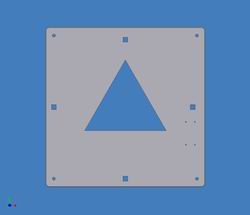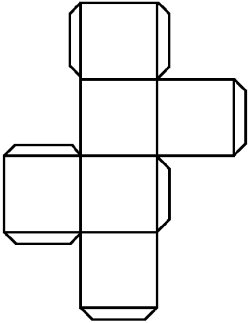A copied/pasted selection of a thread from tigsource. There is certain amount of extra discussion there, but all the actual analyses are copied below. It’s a little messy (especially the opening description, which might anger some specialists immensely, should they be unfortunate enough to stumble across this page), for which I apologise.
After having played about a little bit today with things relating to structuralism, I thought it might be fun to try to apply Levi-Strauss‘s canonical formula of mythology to some games. (the closest I could find to a discussion of this nature on the web was this rather elementary discussion on gamedev.net).
The canonical formula looks like:
It’s supposed to depict some sort of transformation, with the fraction on the left representing some sort of relationship between the numerator and the demoninator, the arrow in the middle representing the transformation, and the fraction on the right a relationship between the permuted contents of its numerator and denominator. Basically, you can fill it out however you want. a-1 is supposed to be some sort of opposite of a. Also, generally either a and b represent characters, and x and y represent some properties, or vice versa. And generally f doesn’t mean anything. (I take that back. f indicates that there’s a functional relationship between its two arguments. ‘functional relationship’ means that one of its arguments is a property of the other, or is an action performed on/by the other. Basically by ‘meaningless’ I mean ‘not a variable’).
It all is a bit arbitrary, but there’s certainly a knack to describing things using it. Actual analyses follow below the fold










